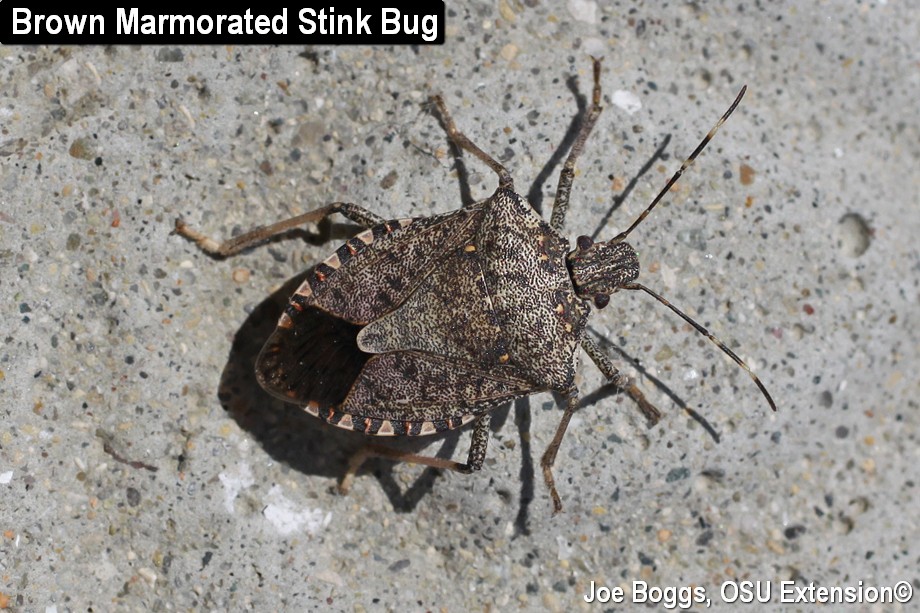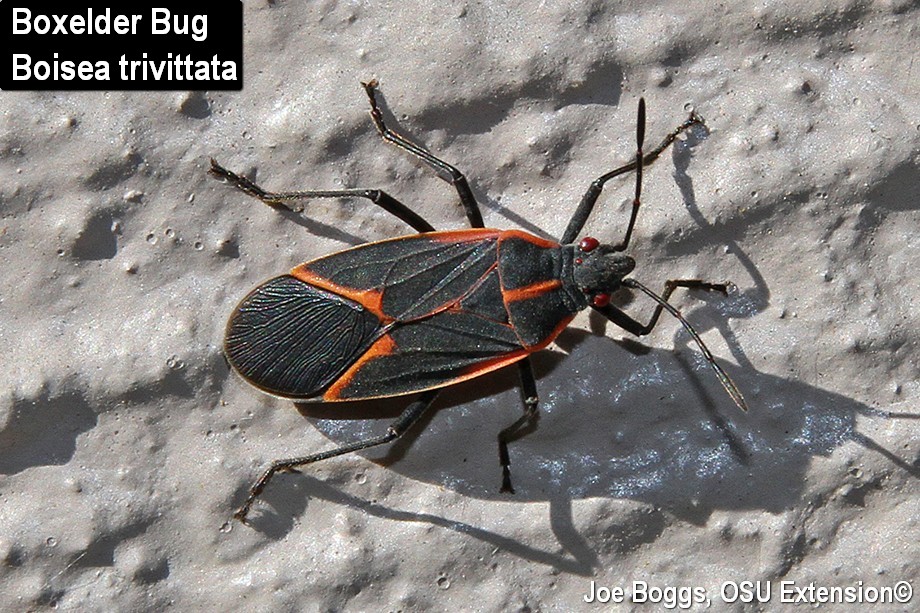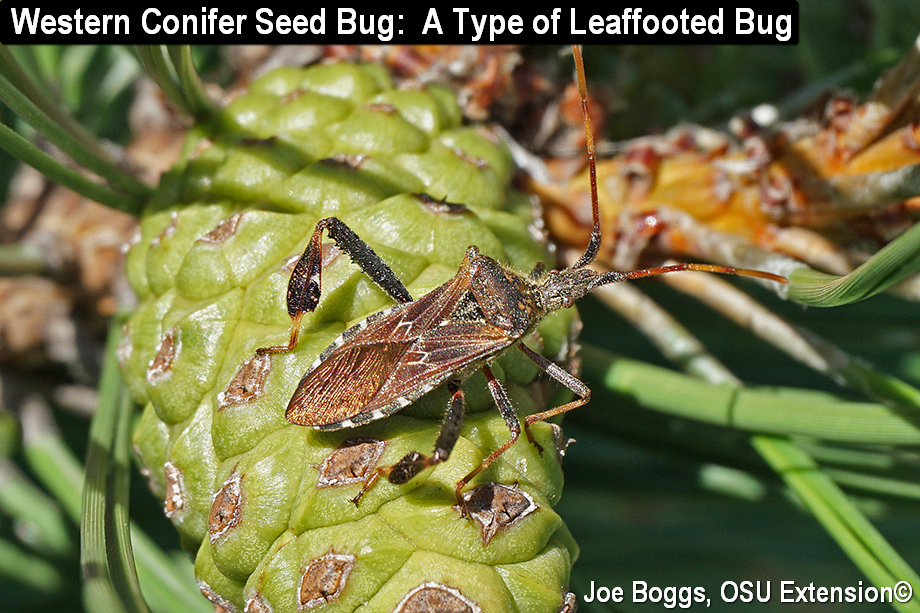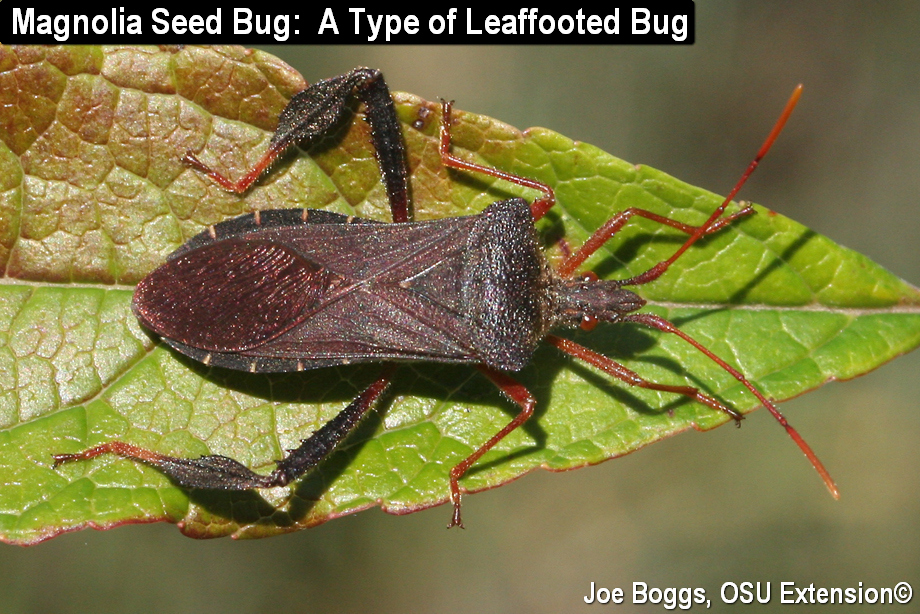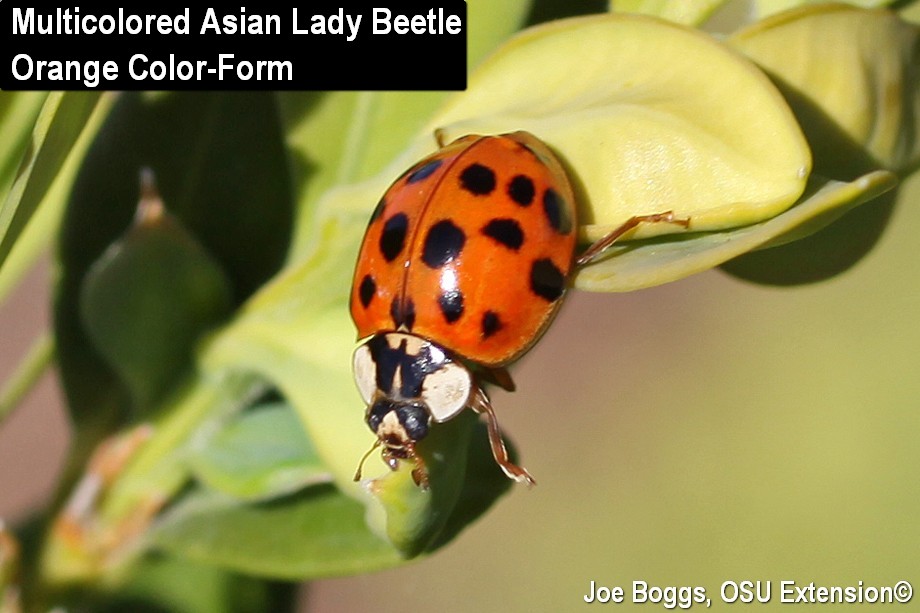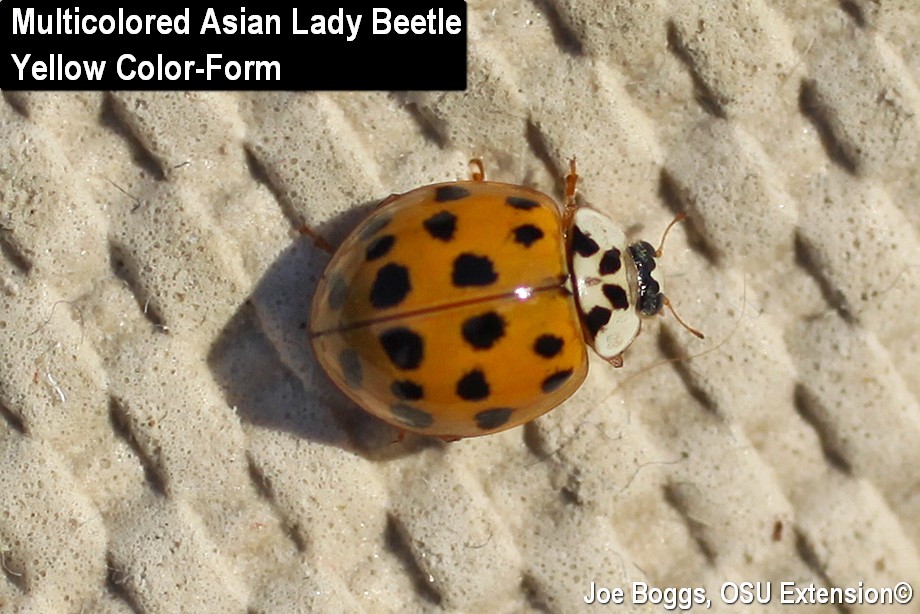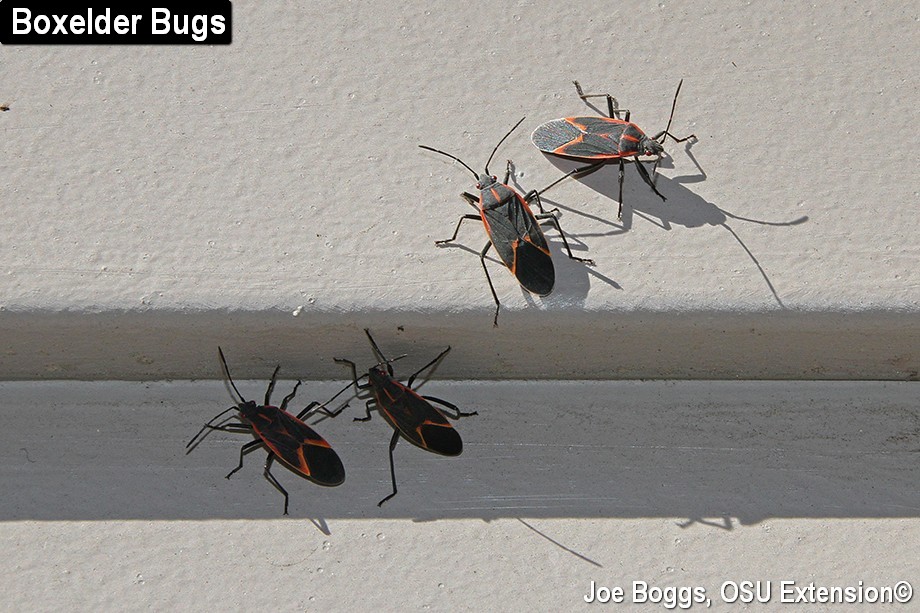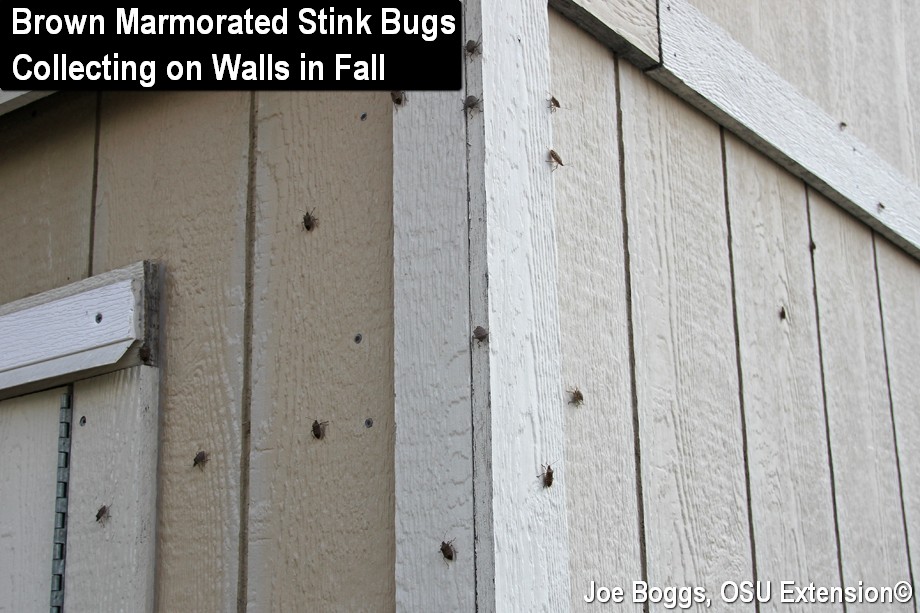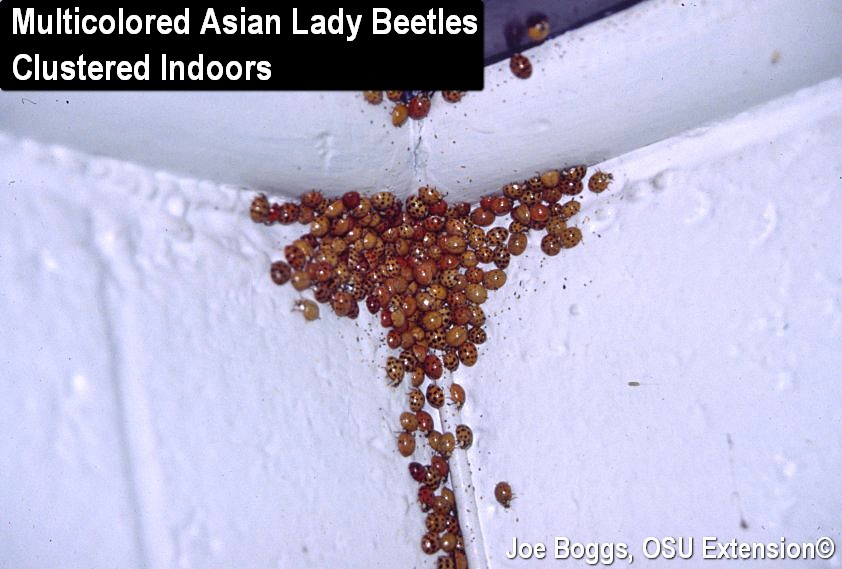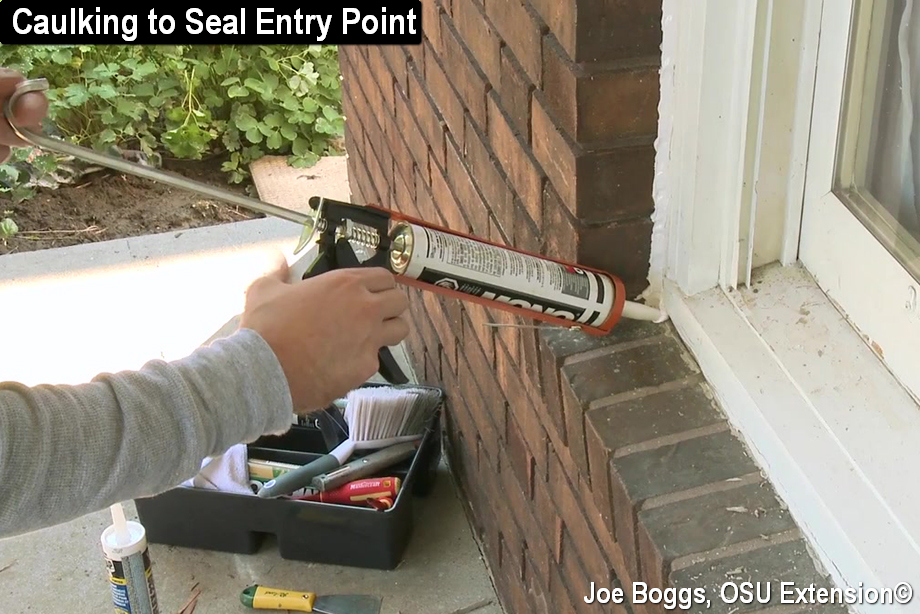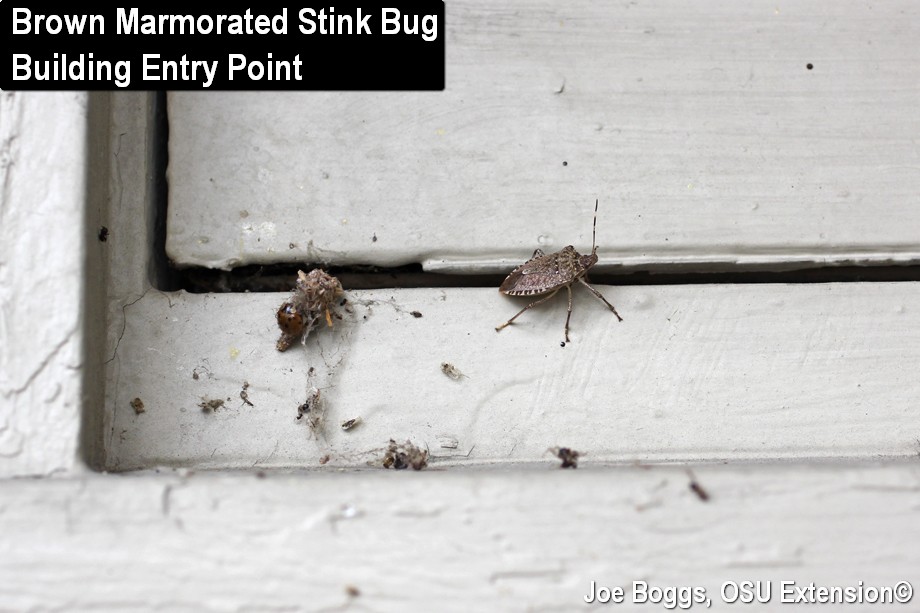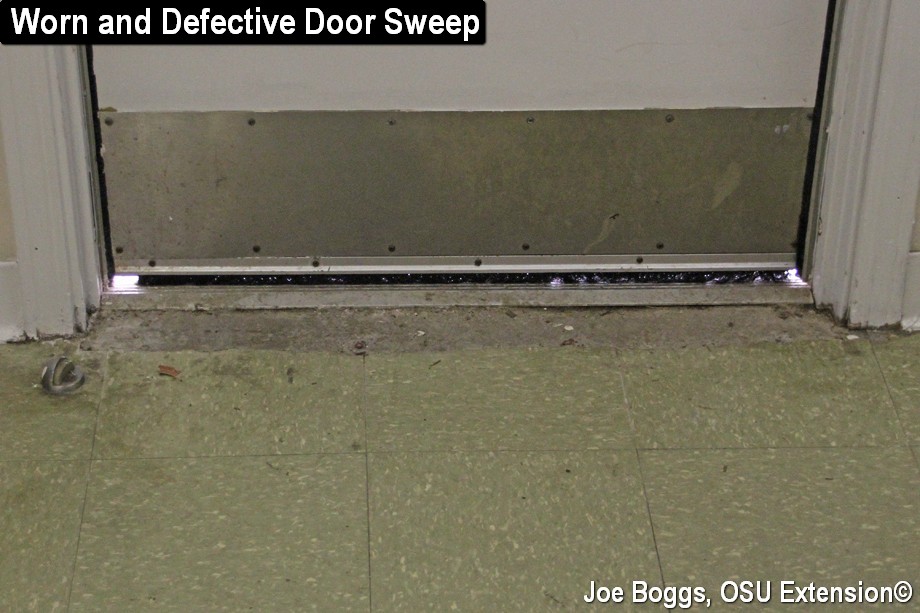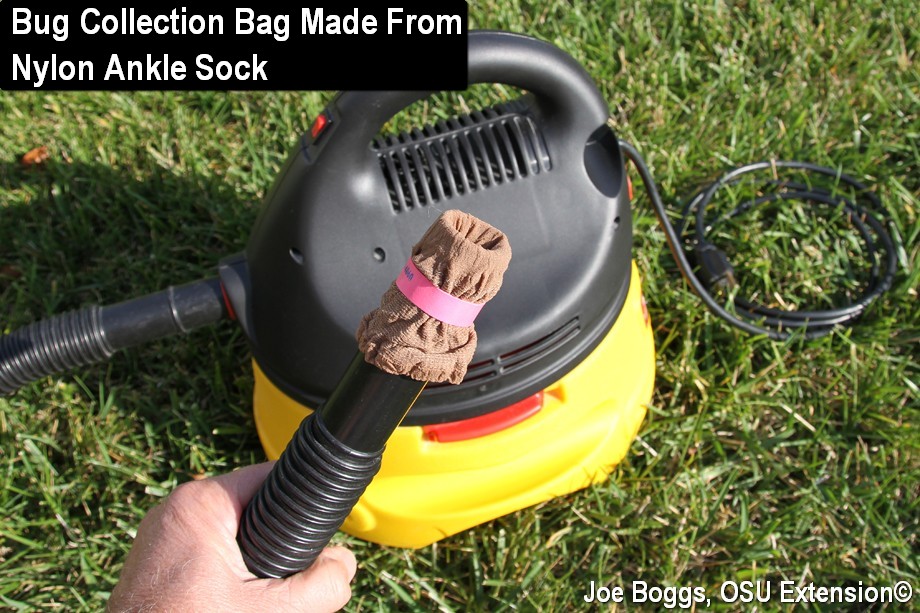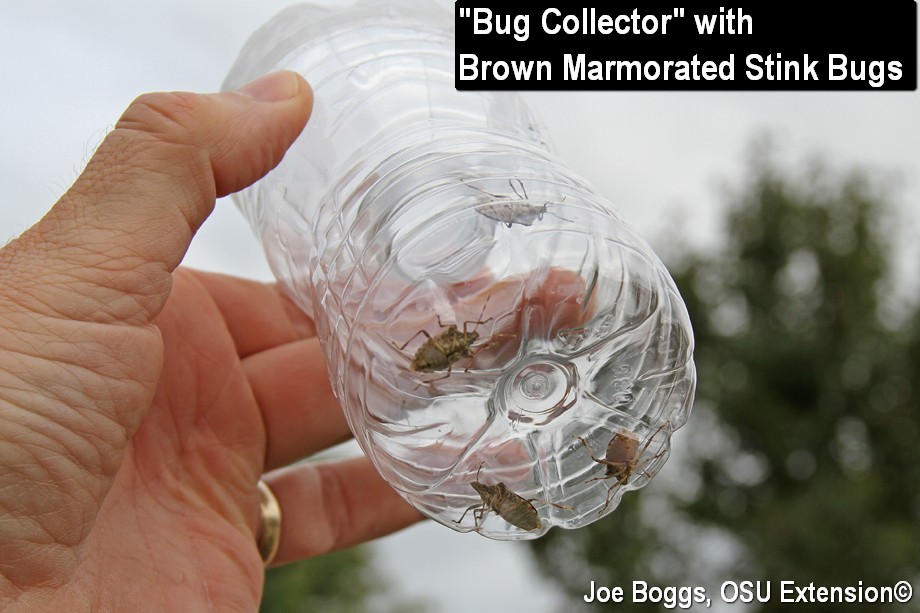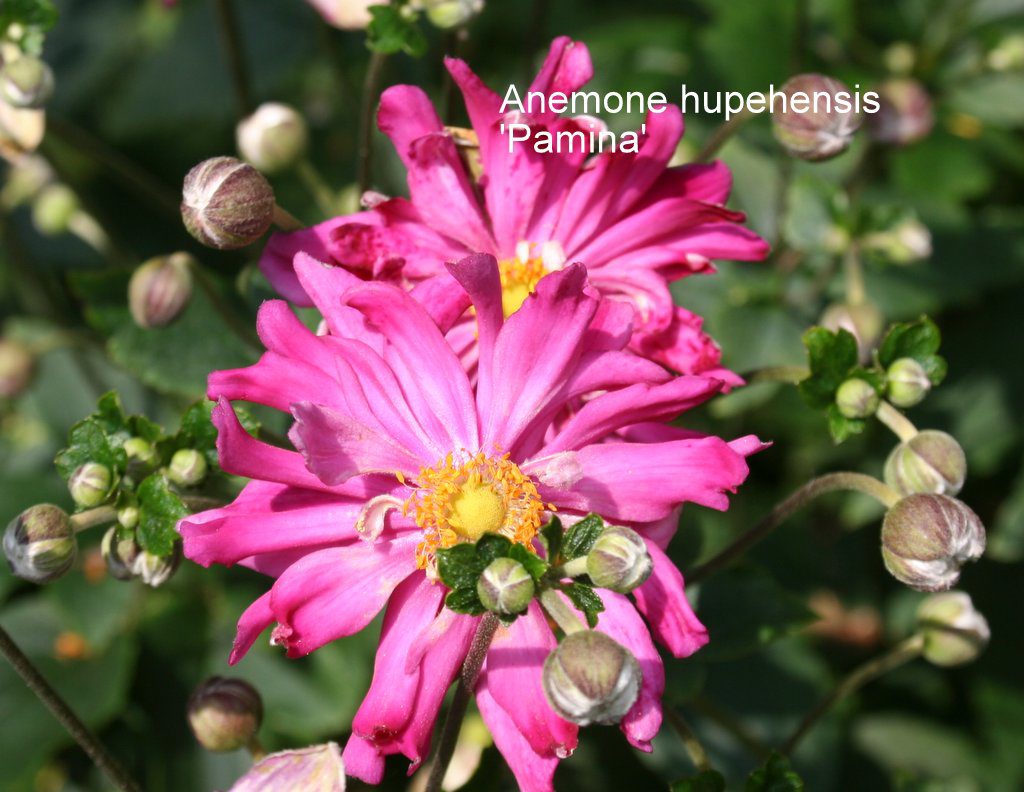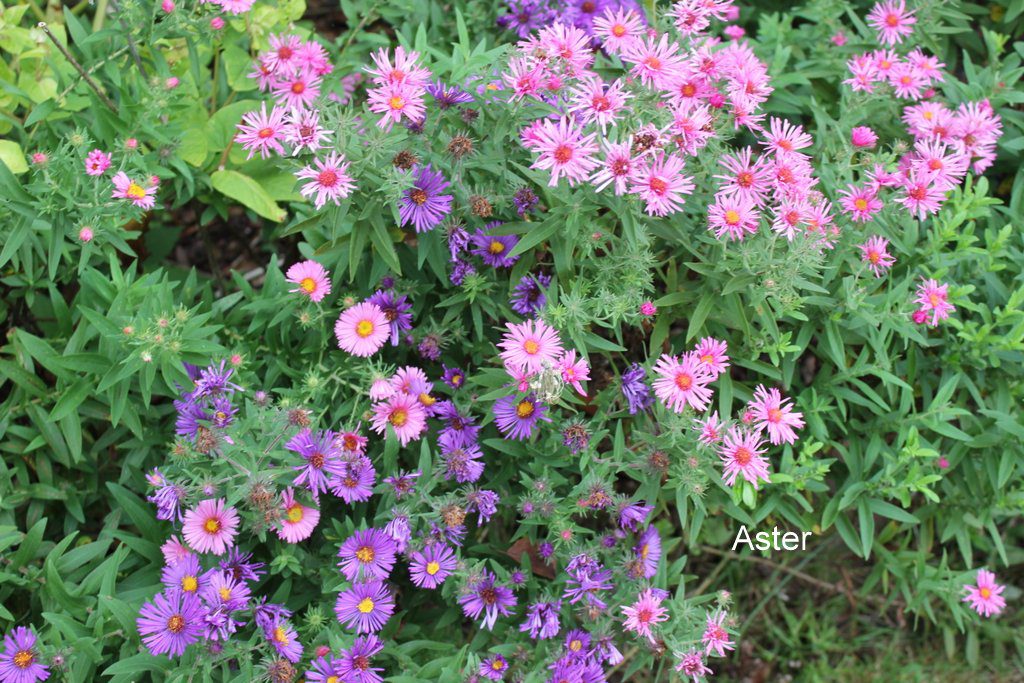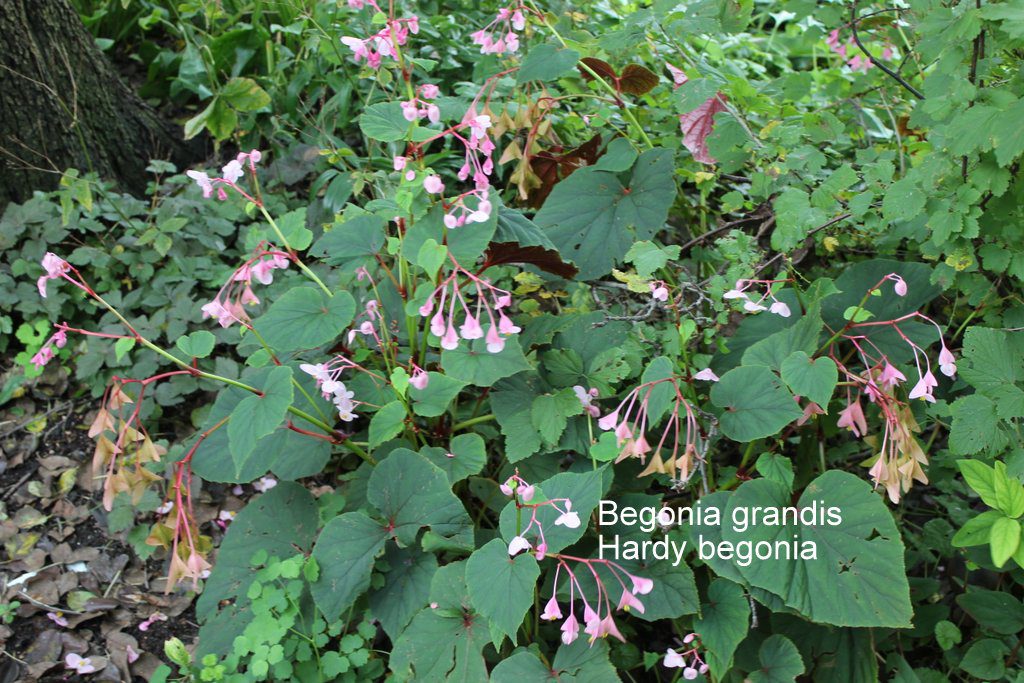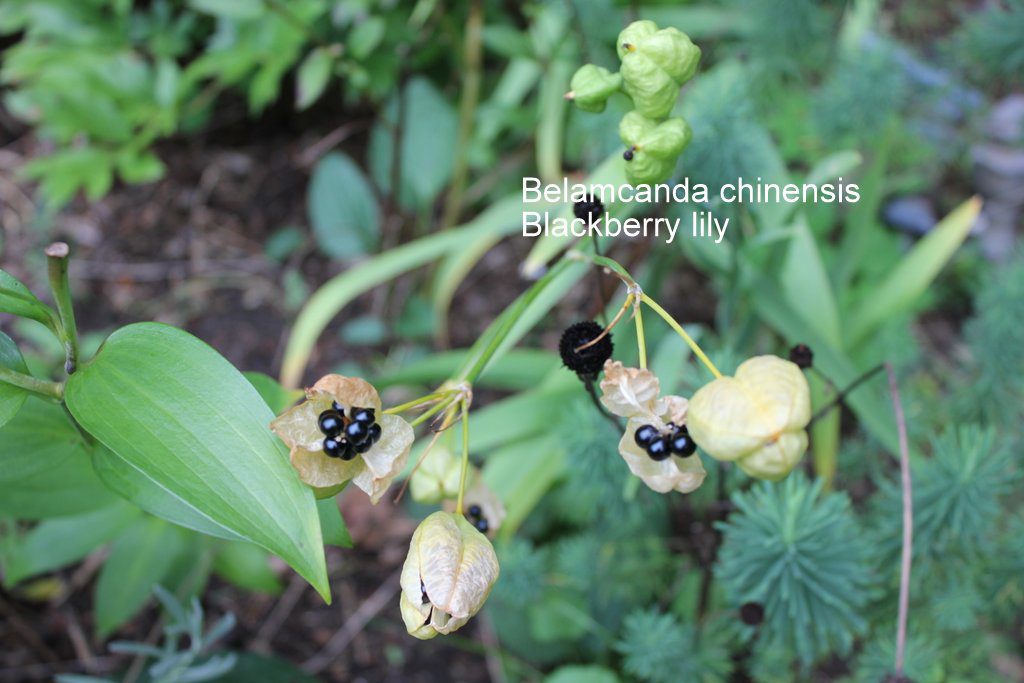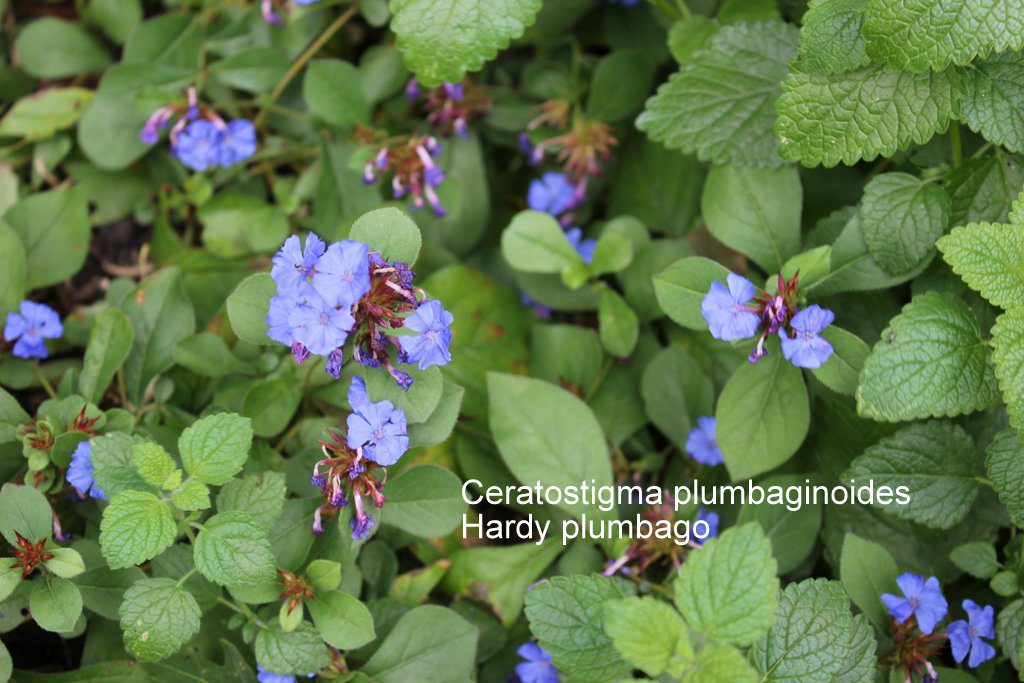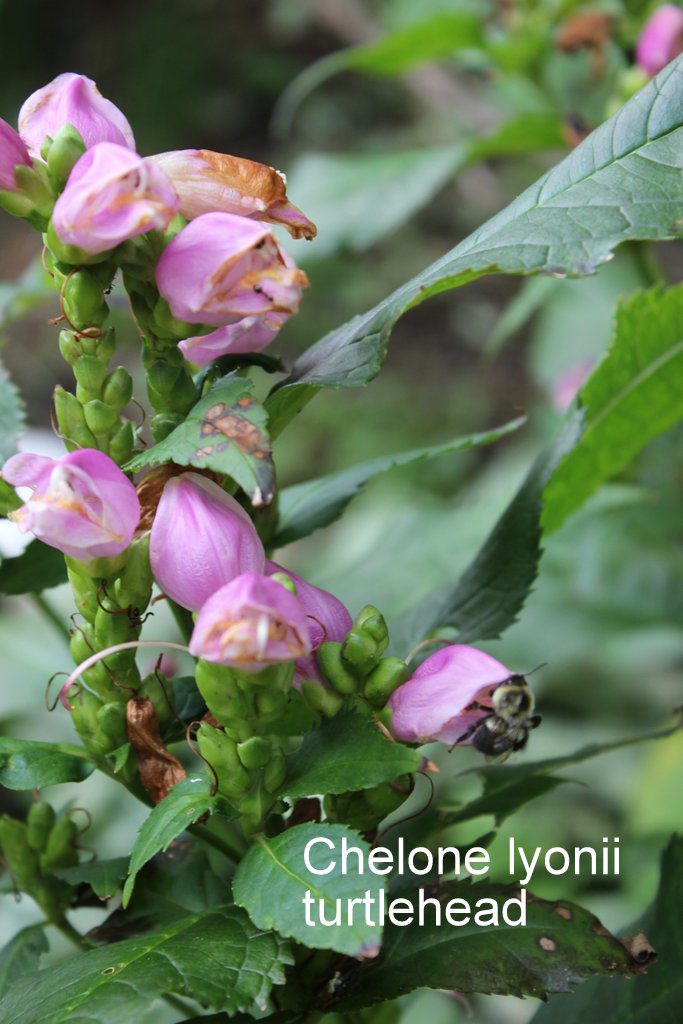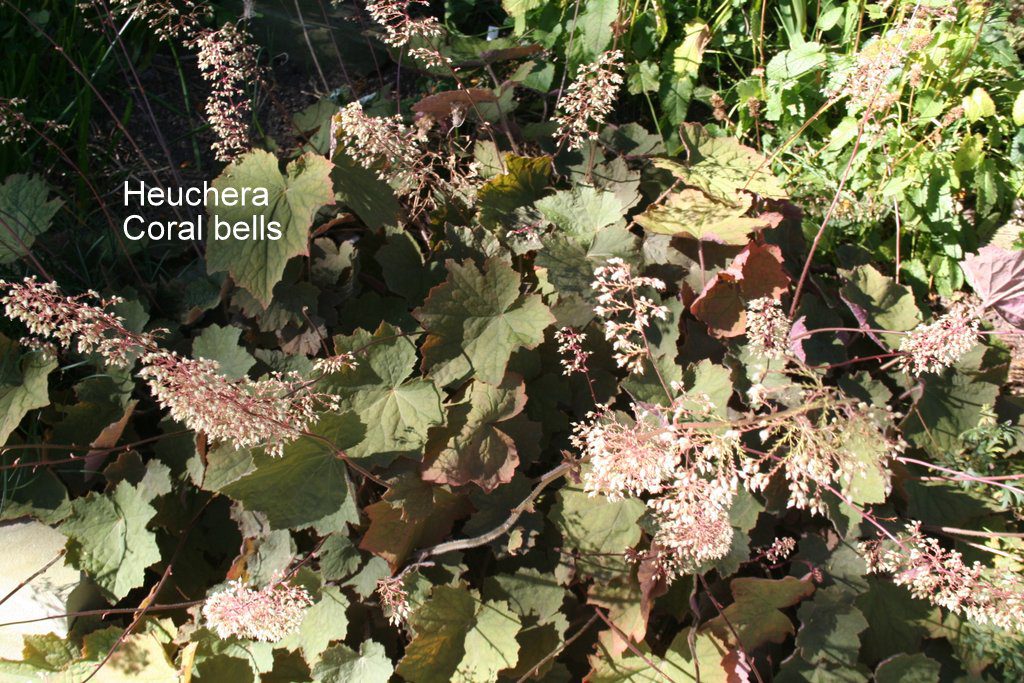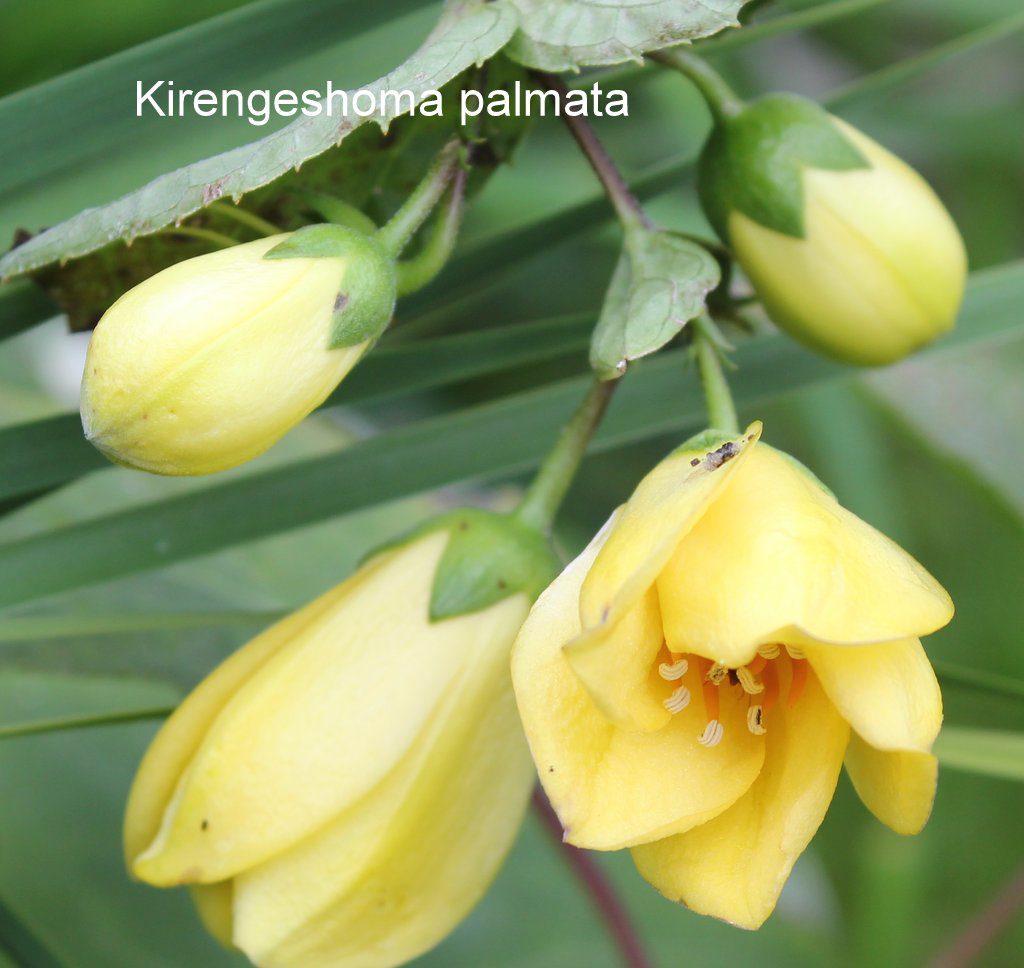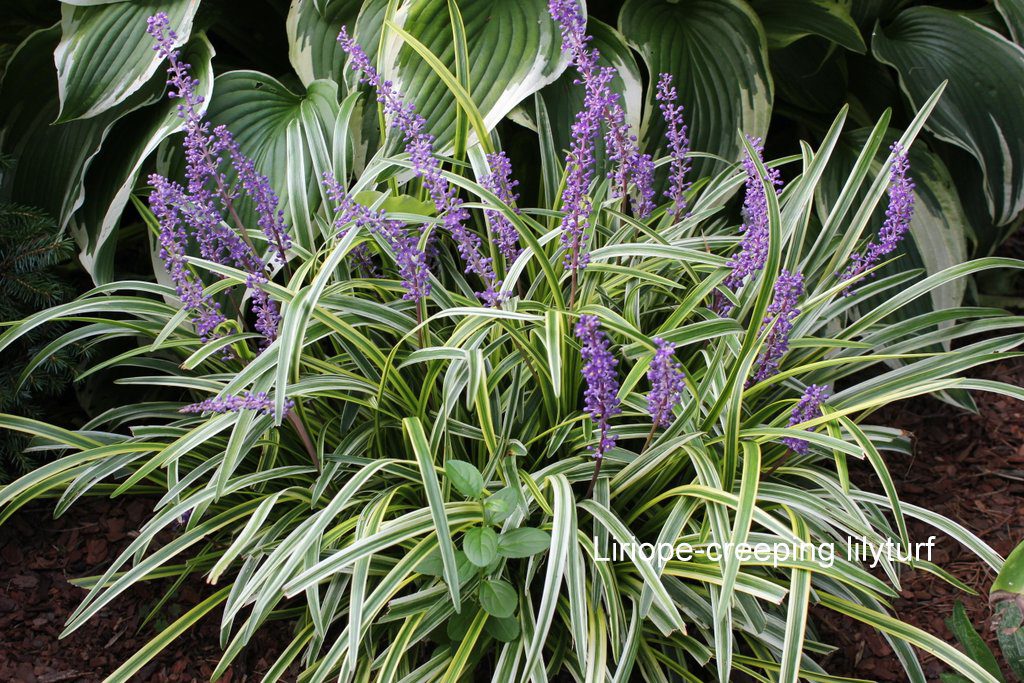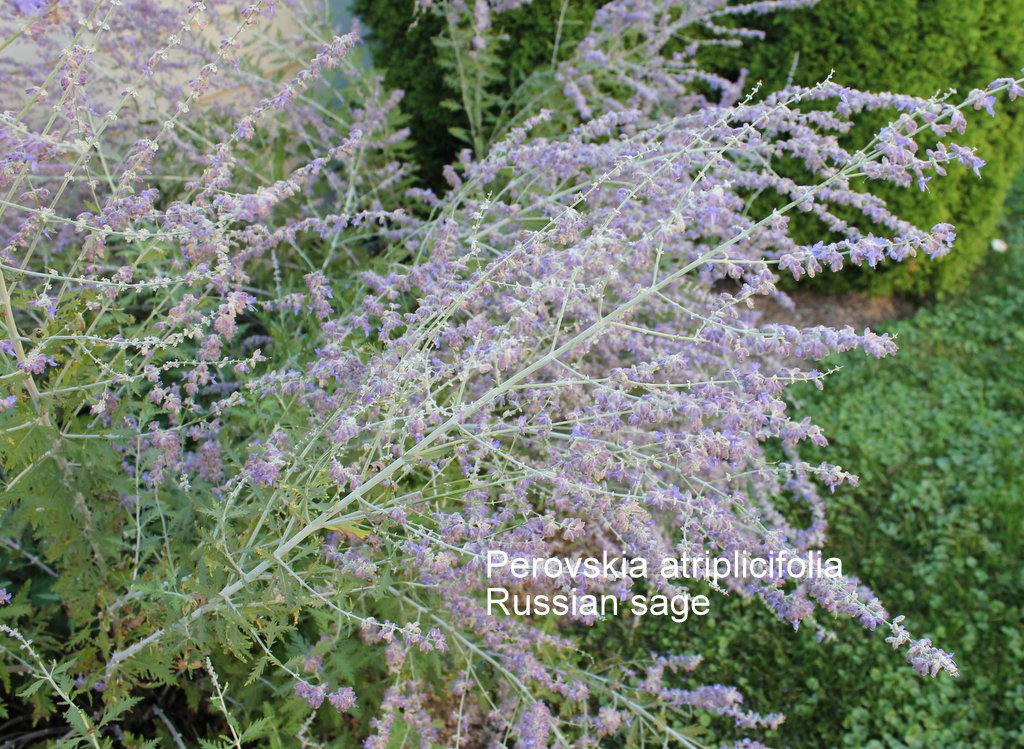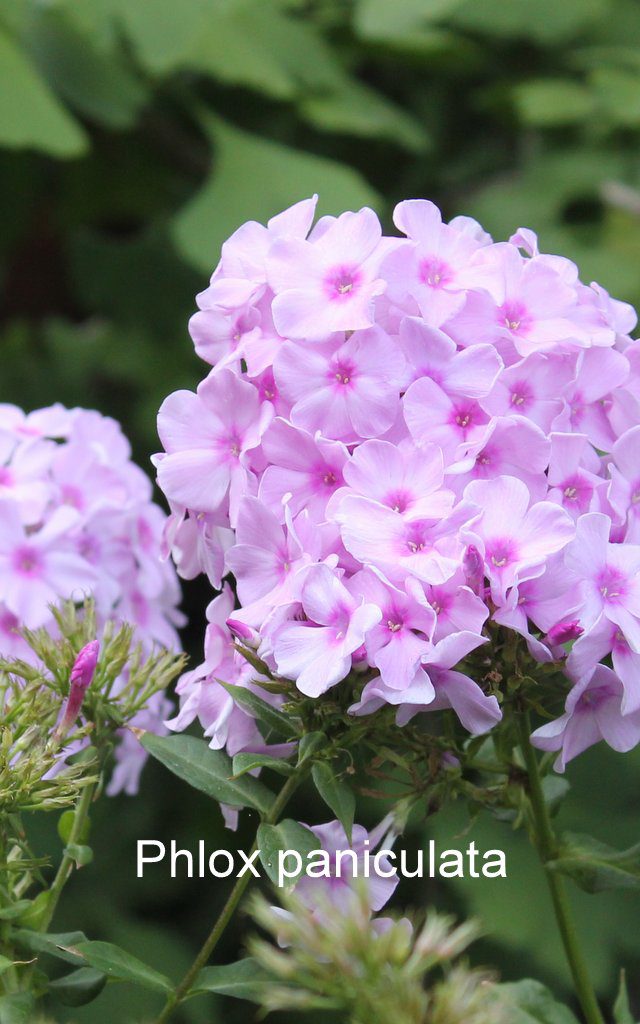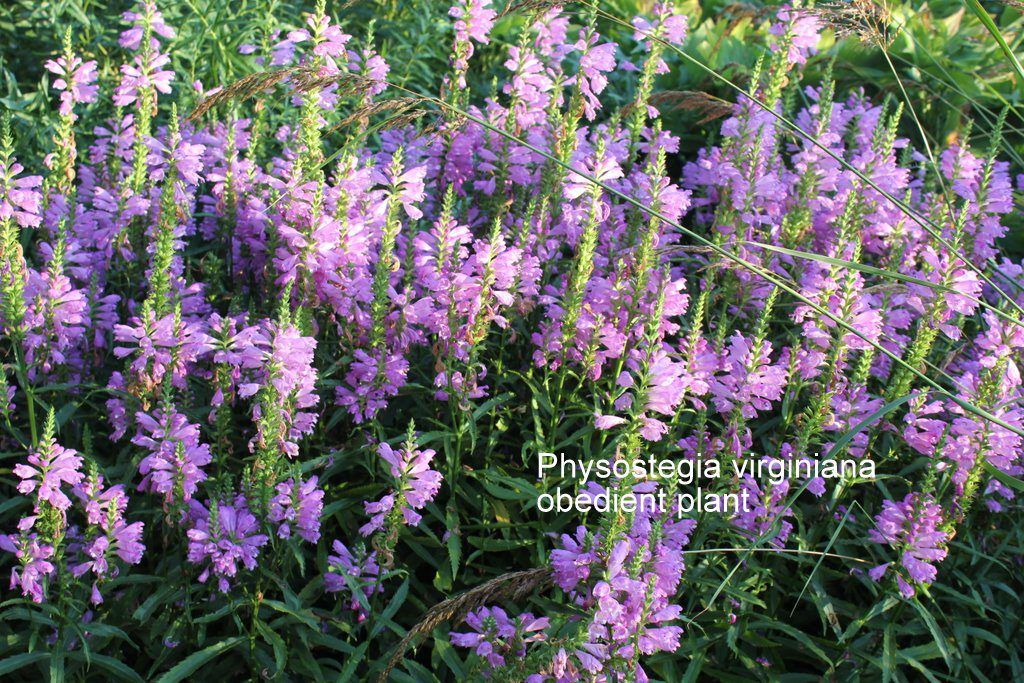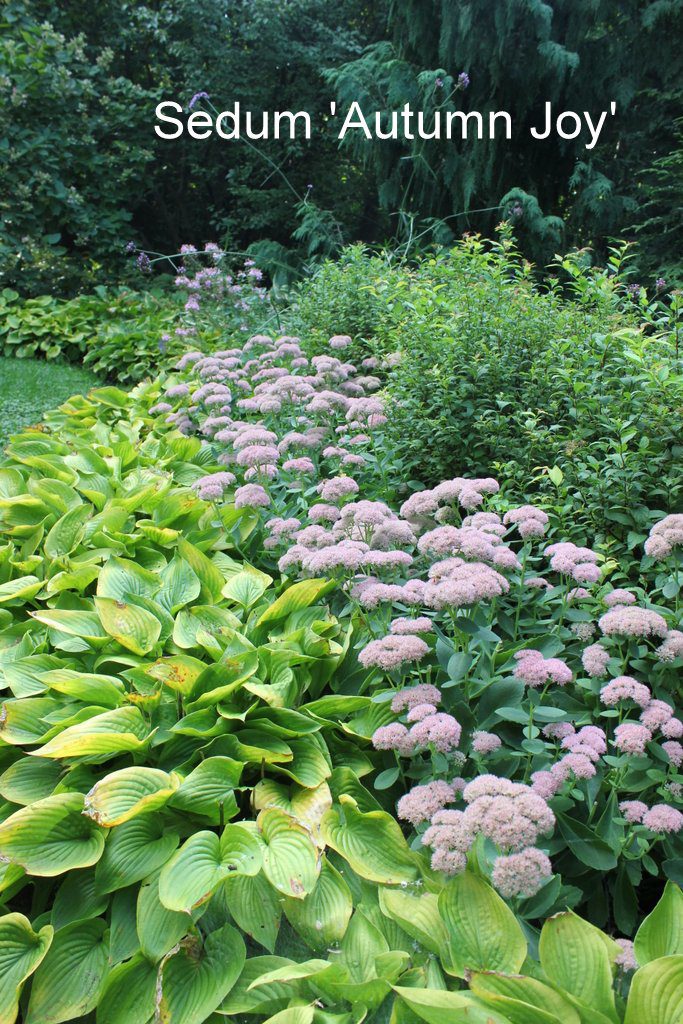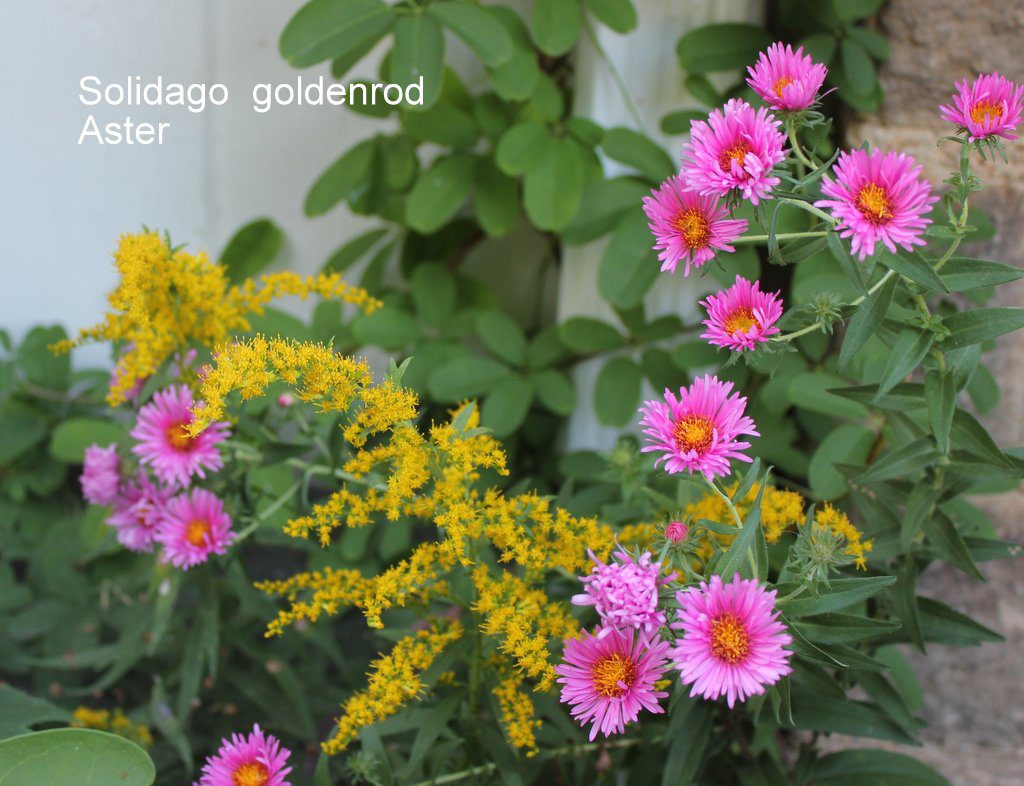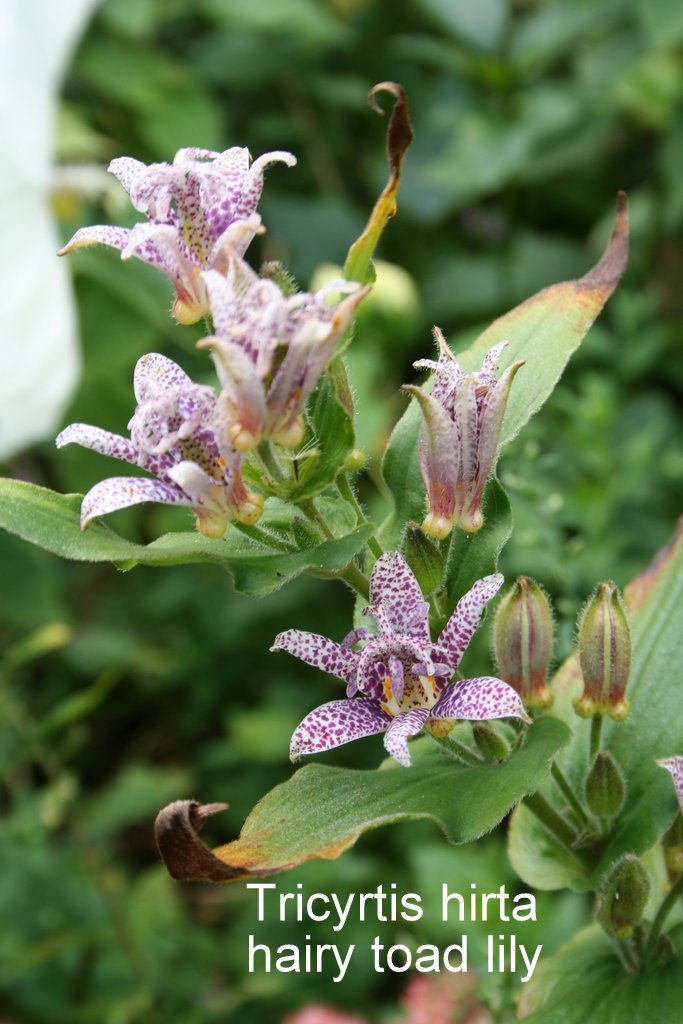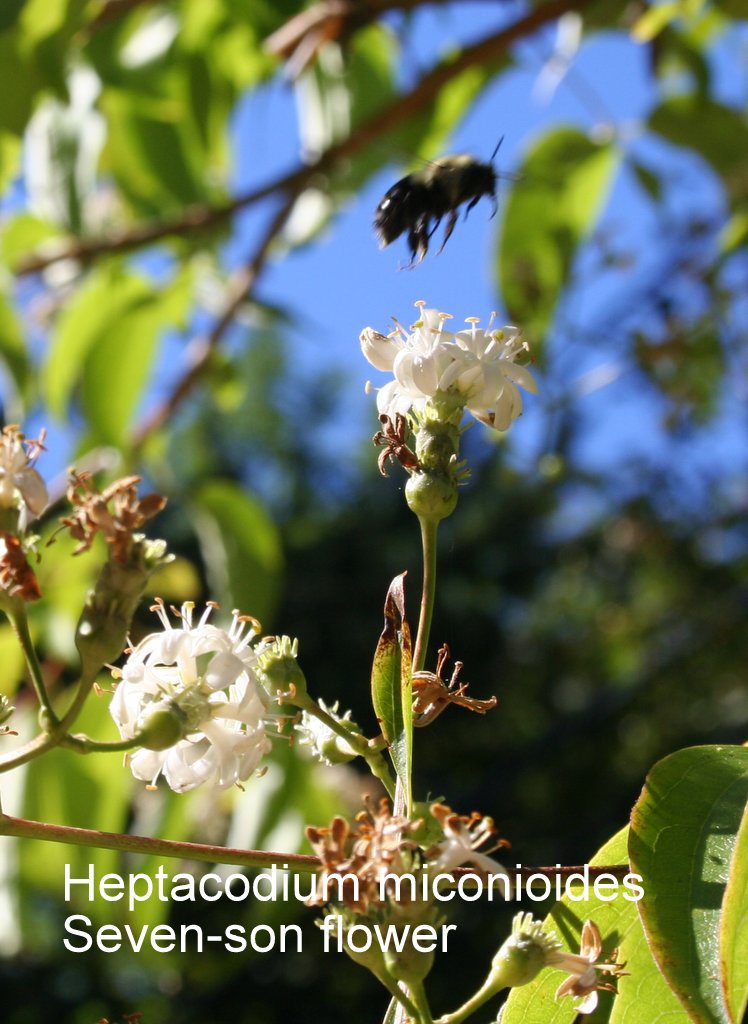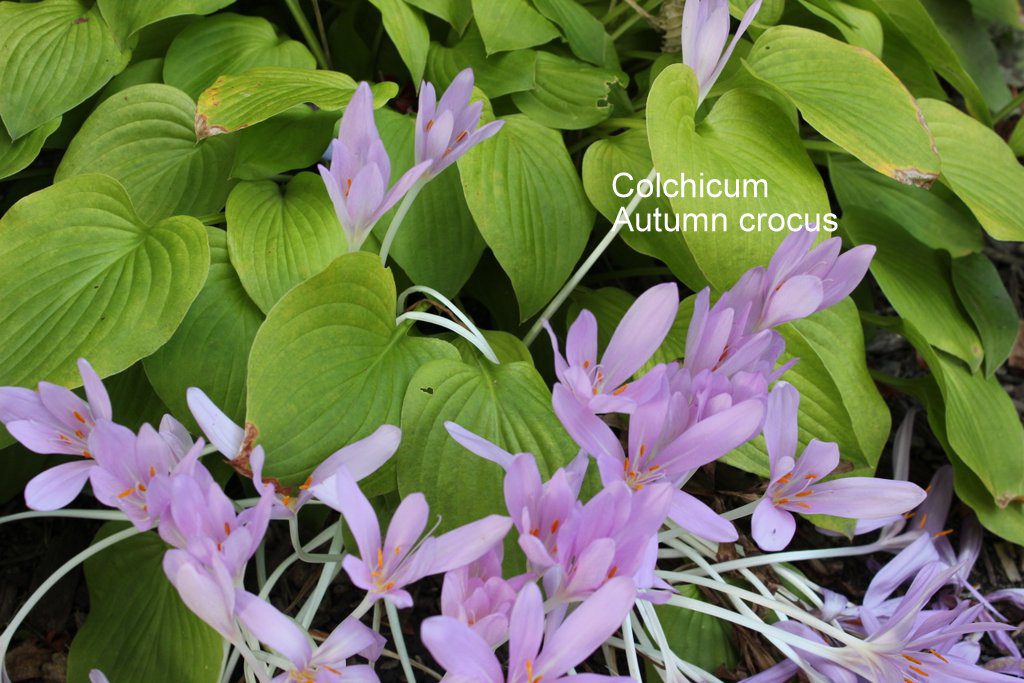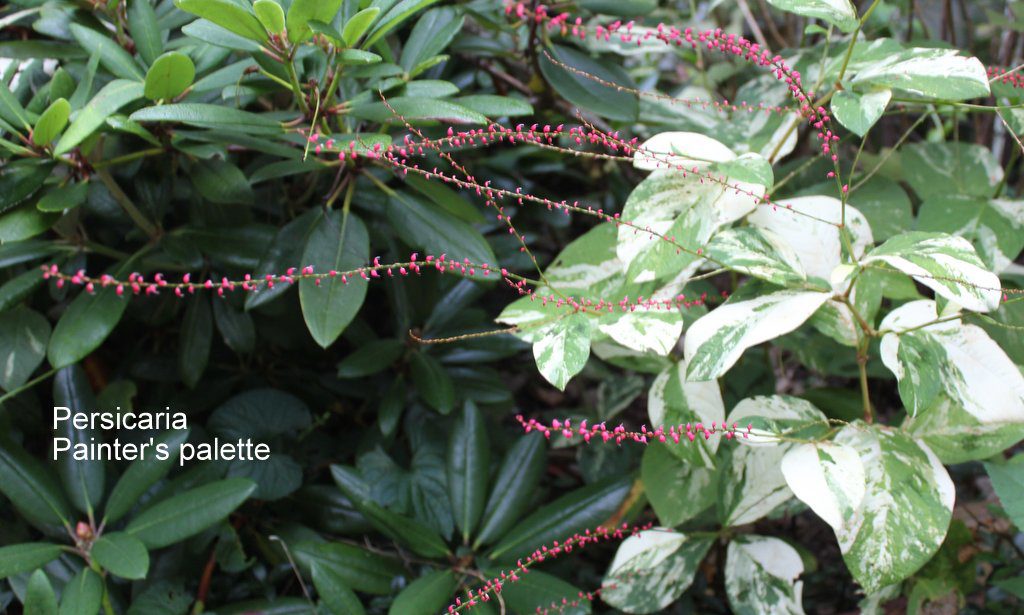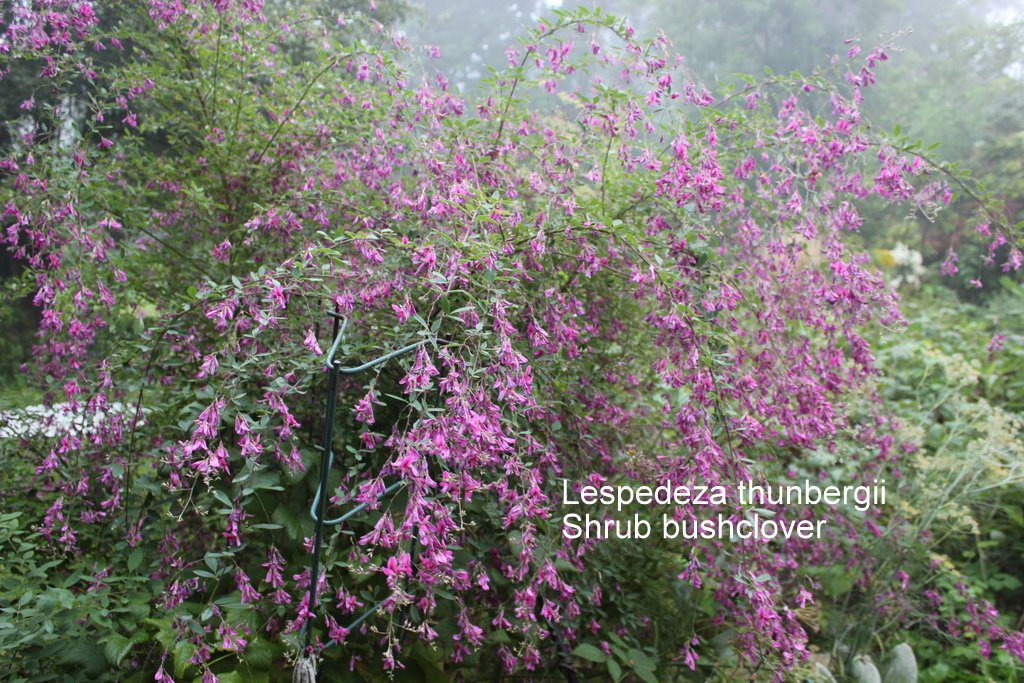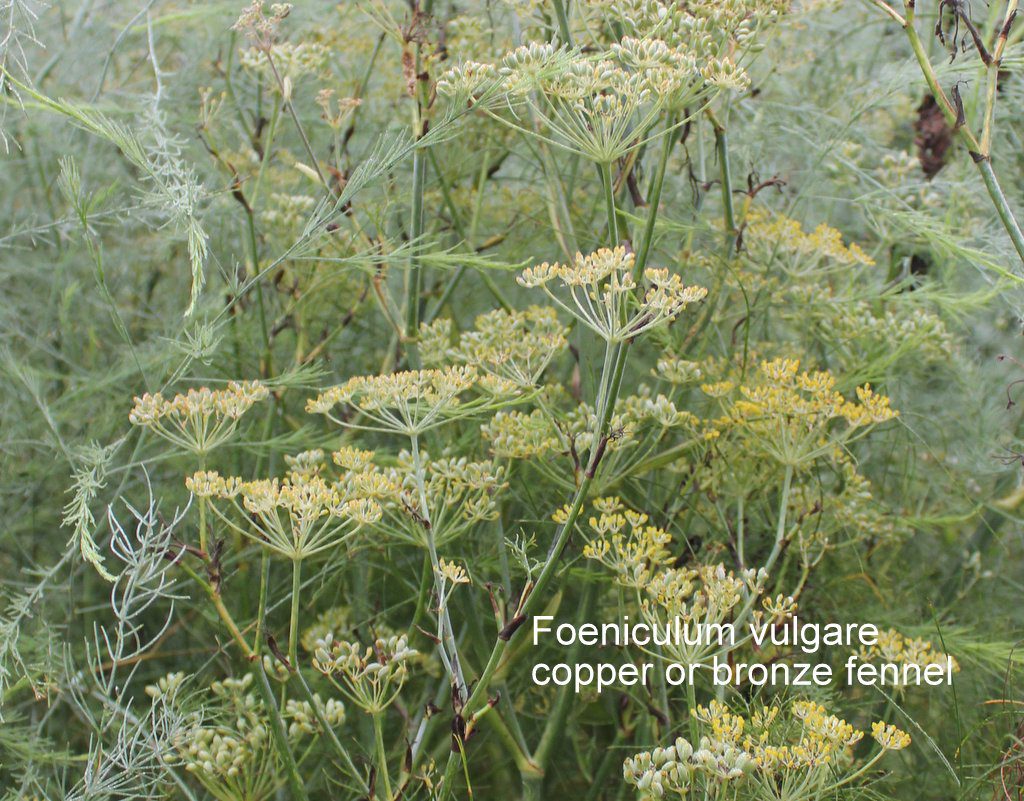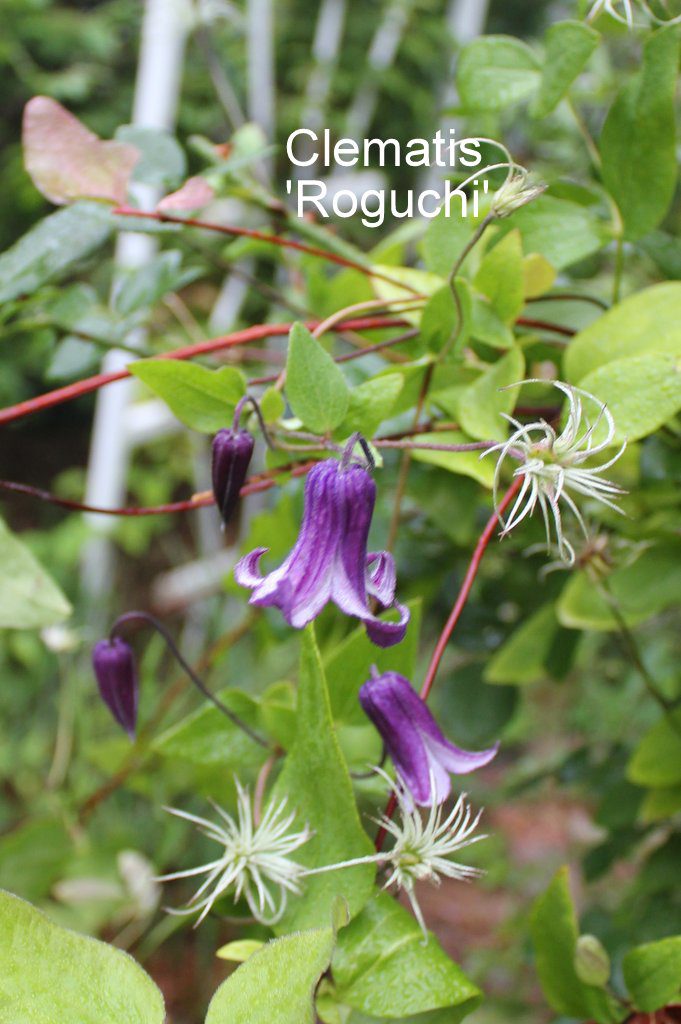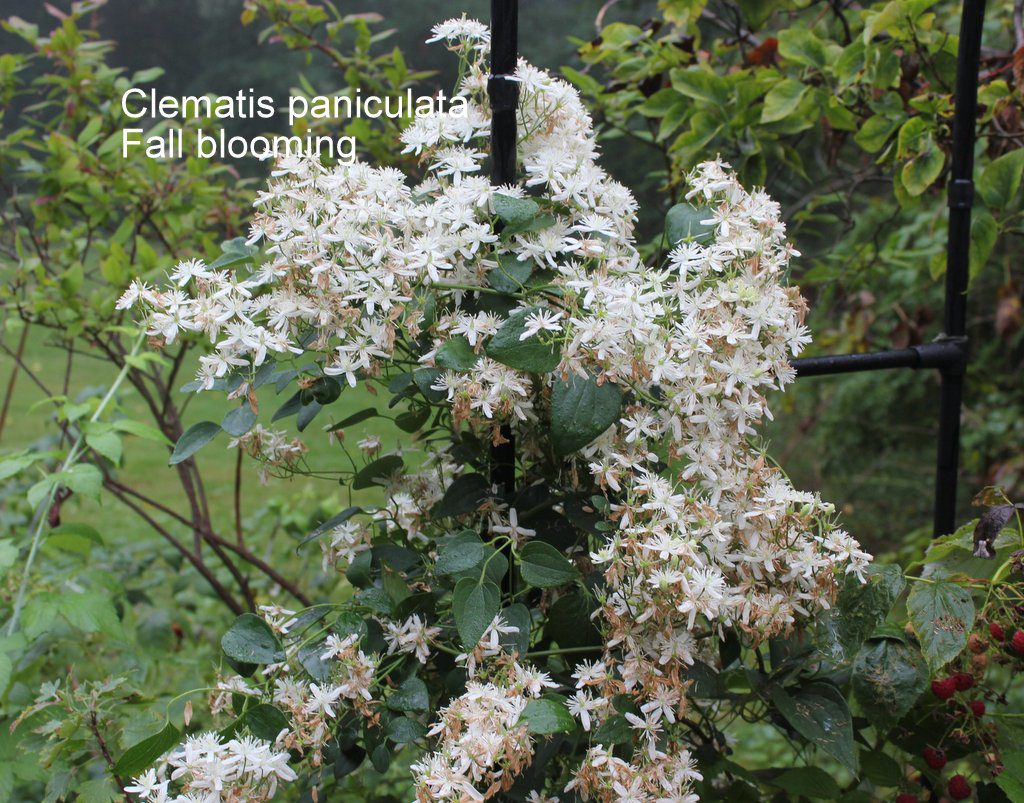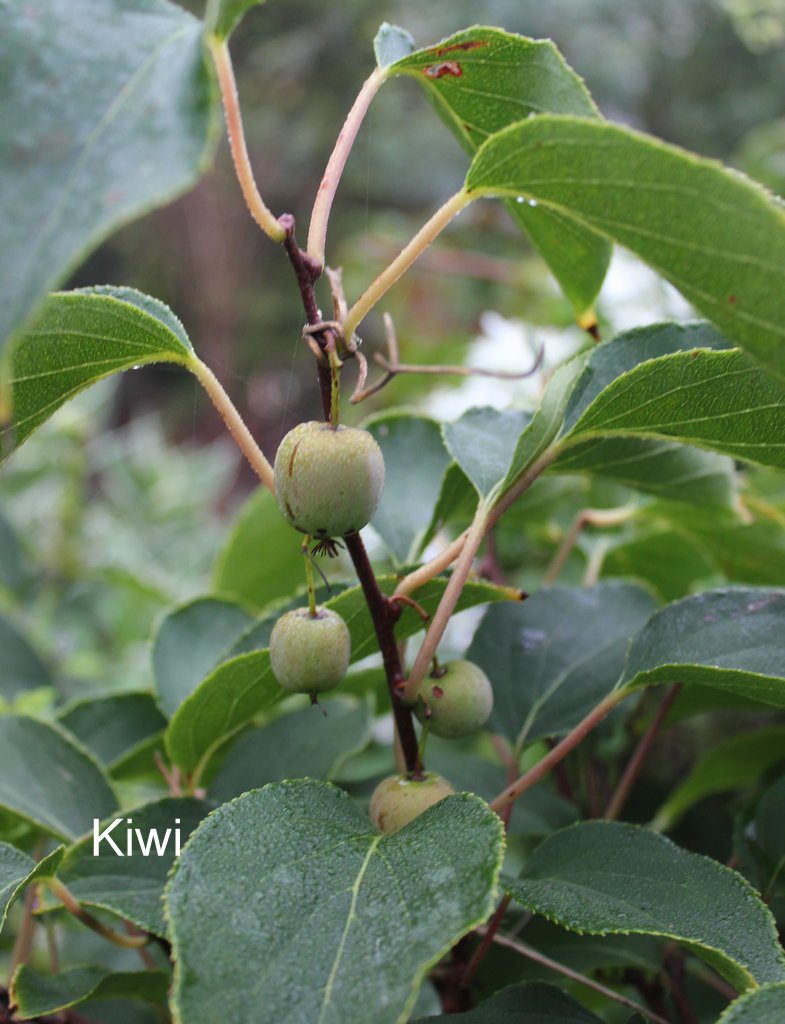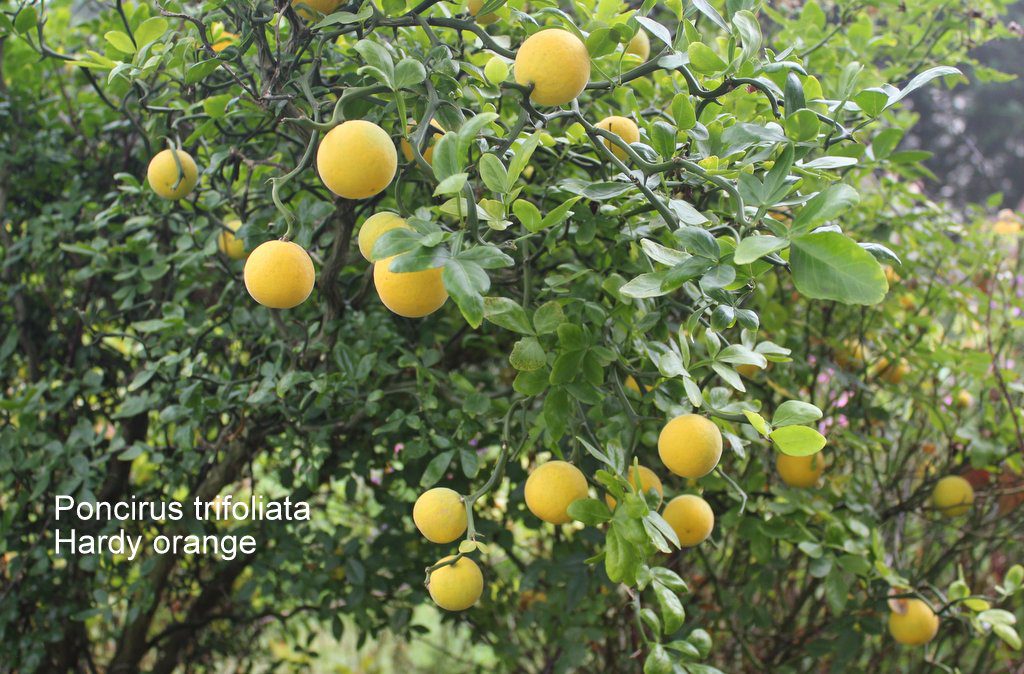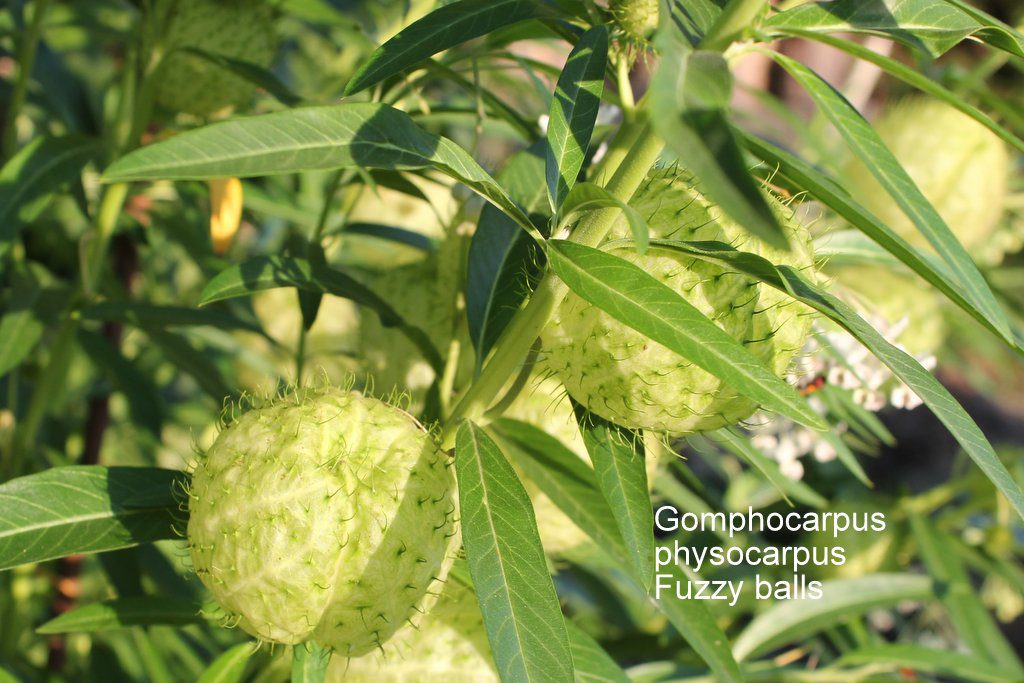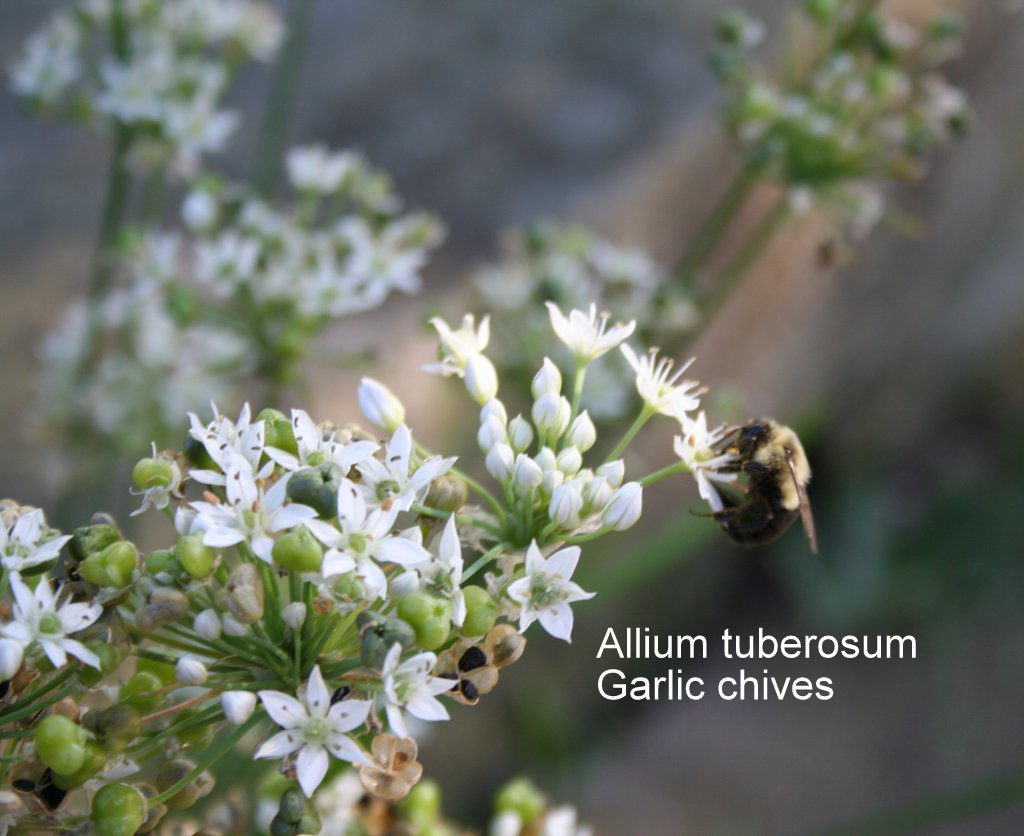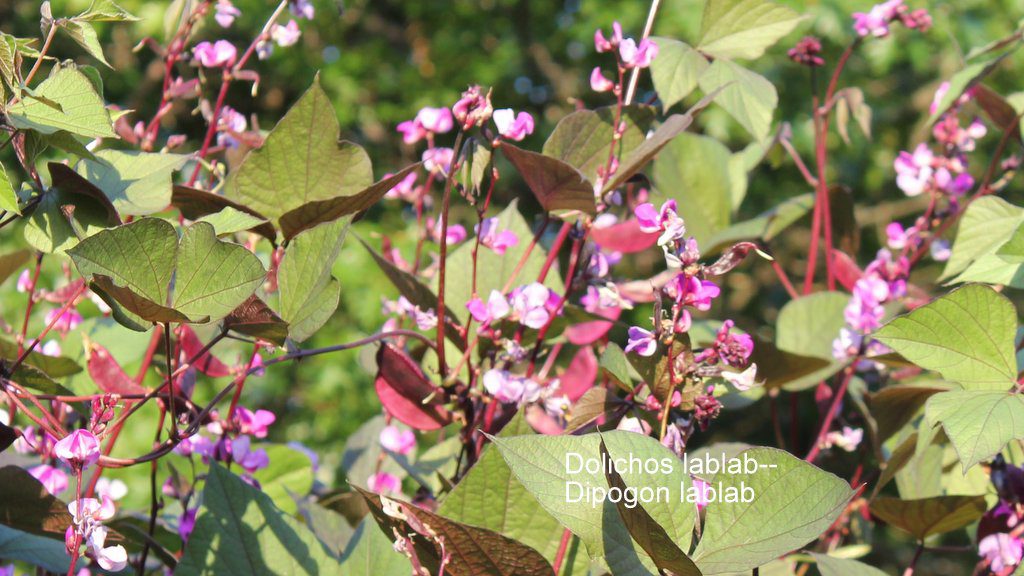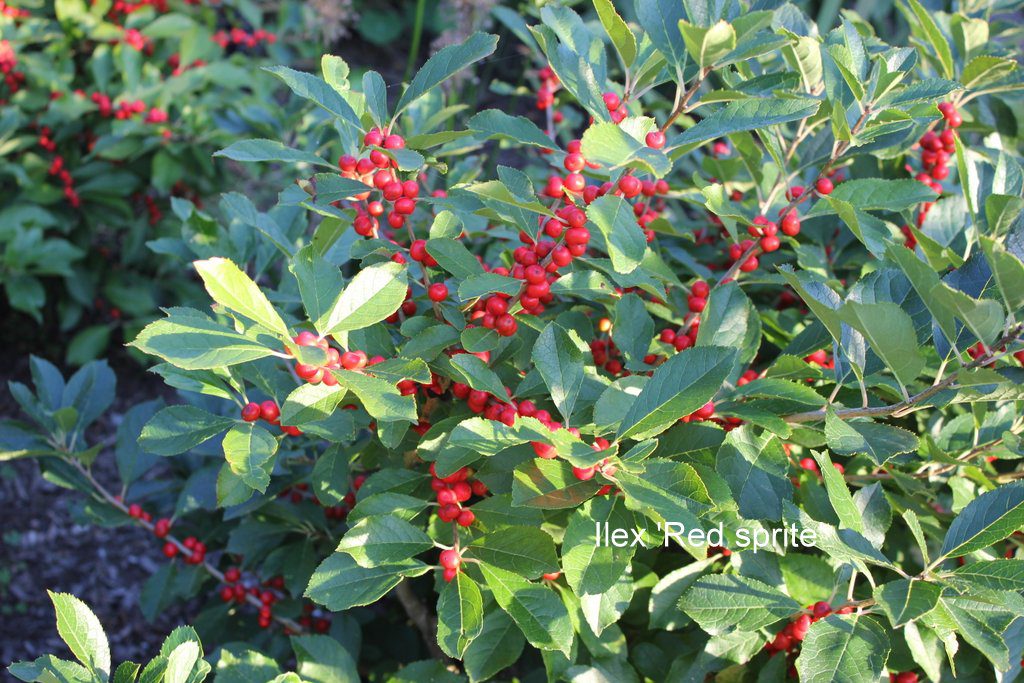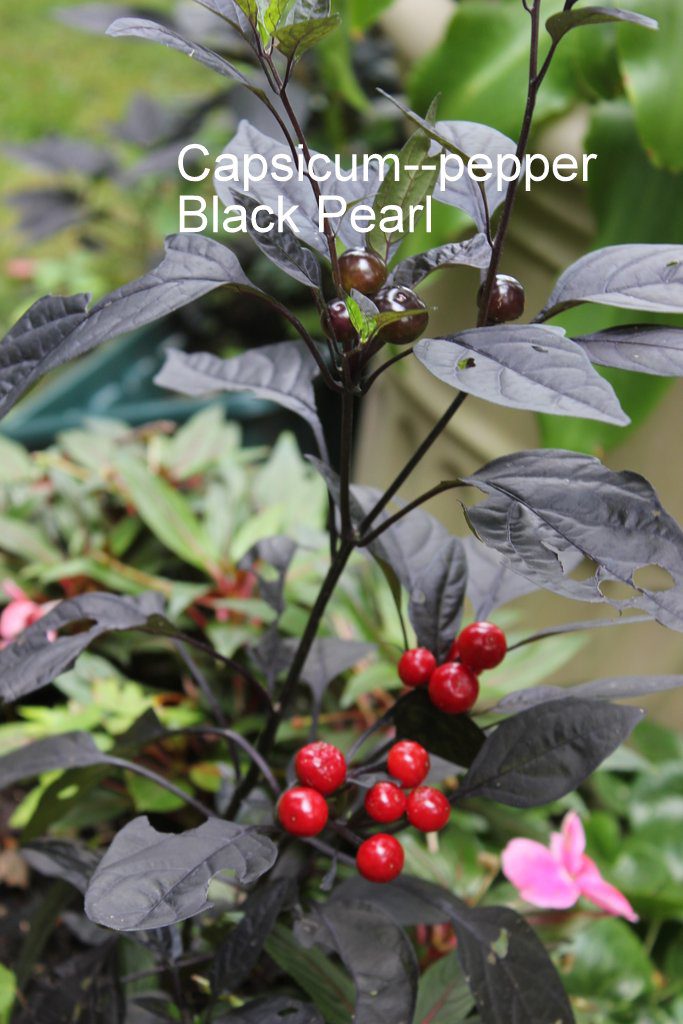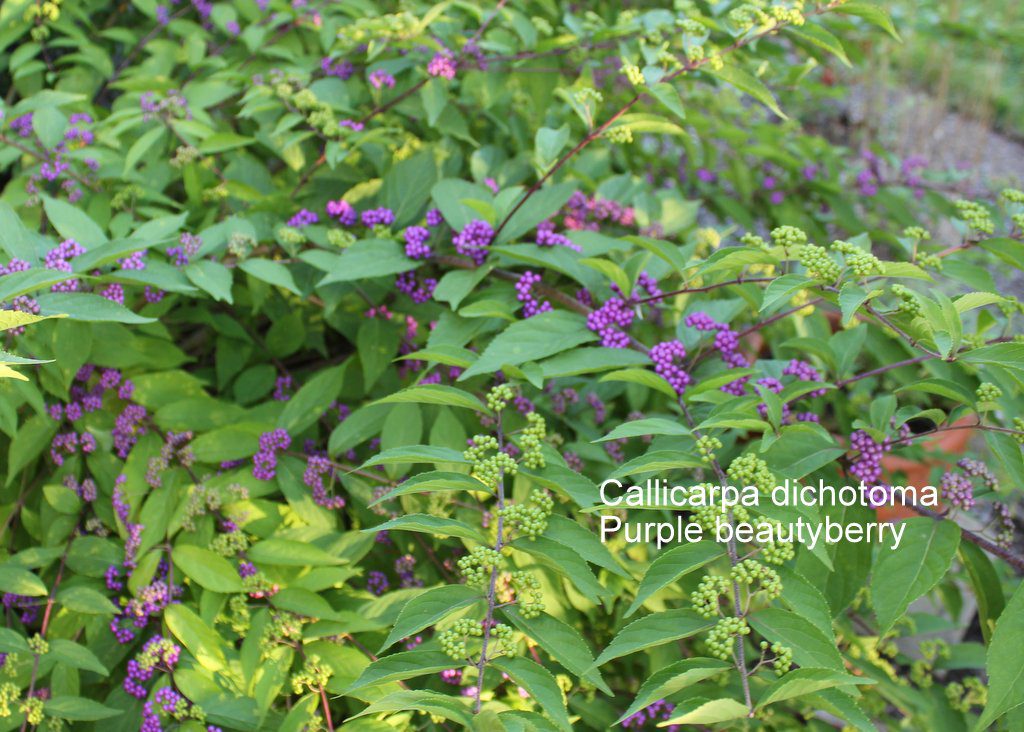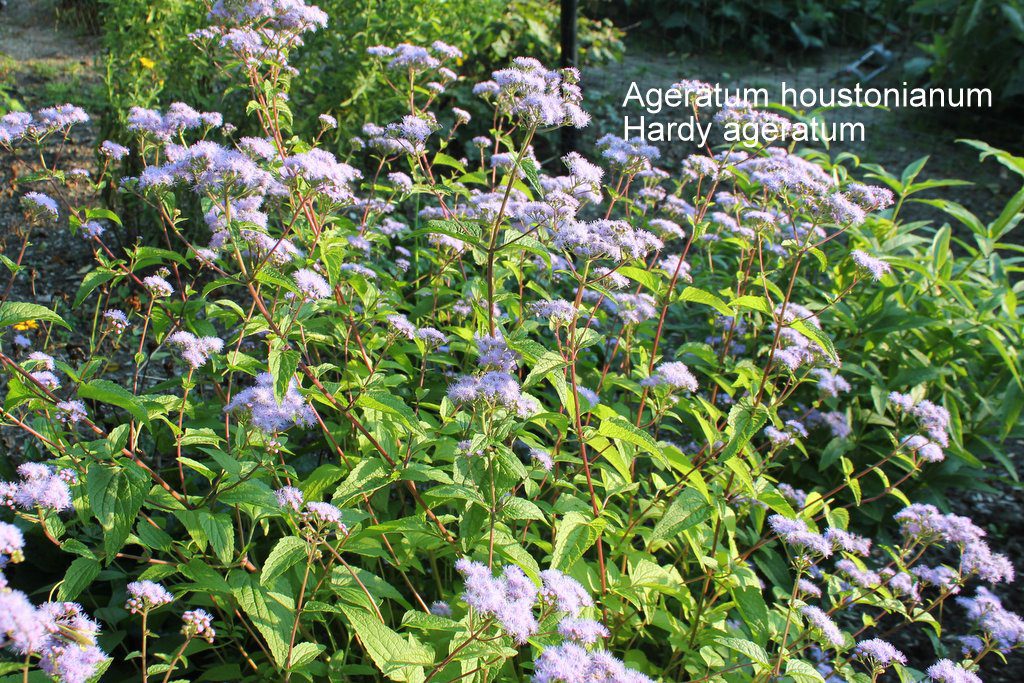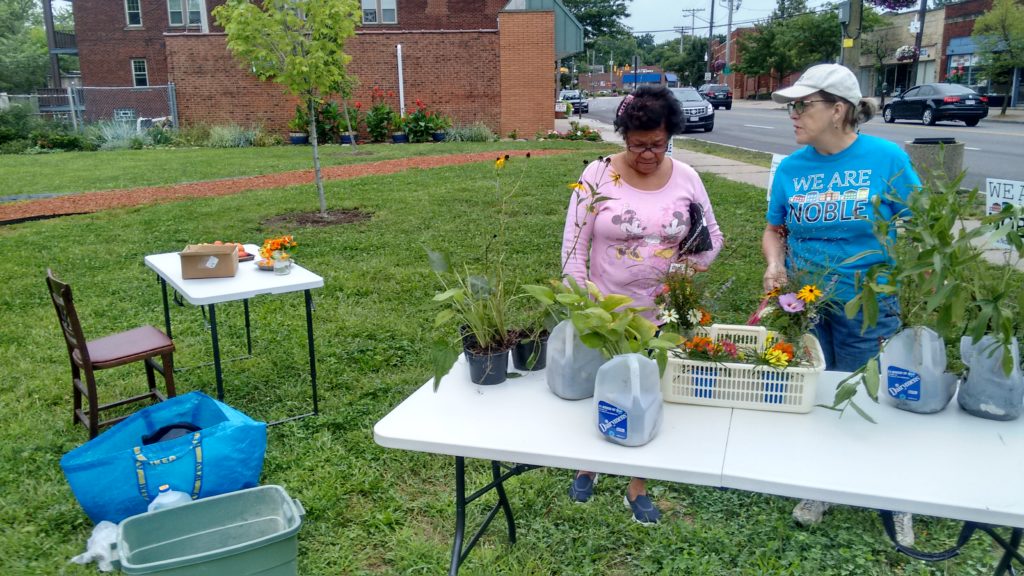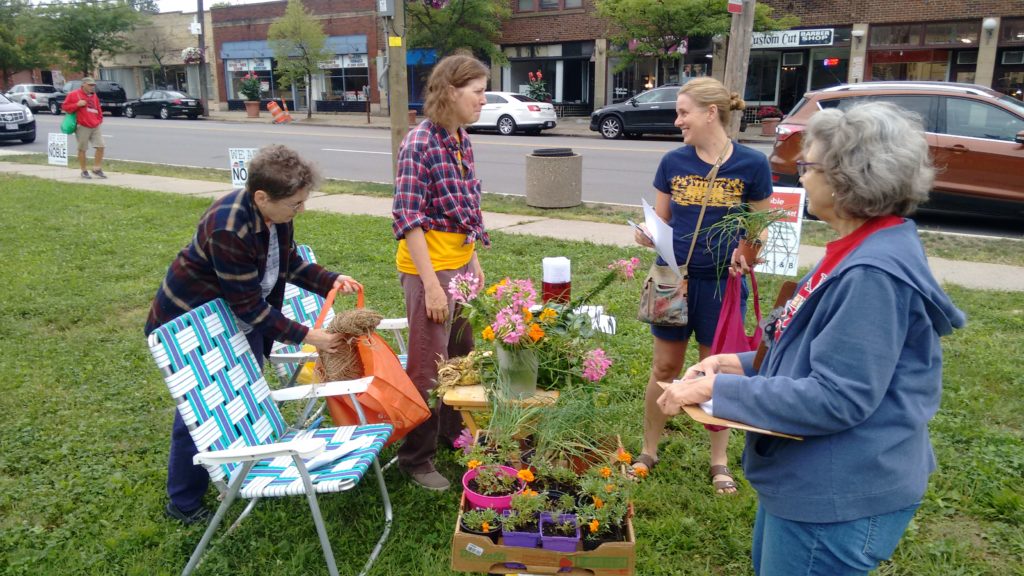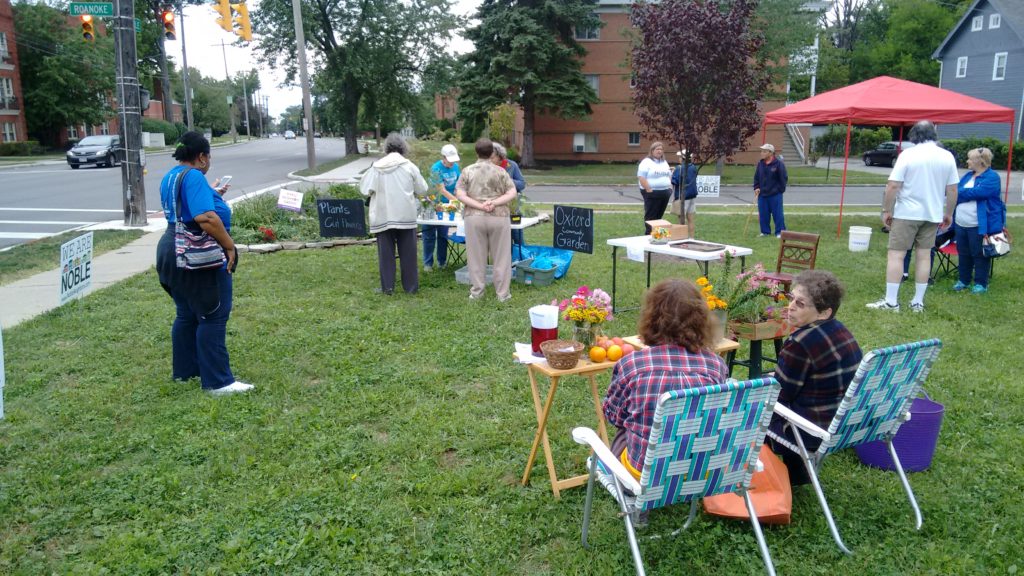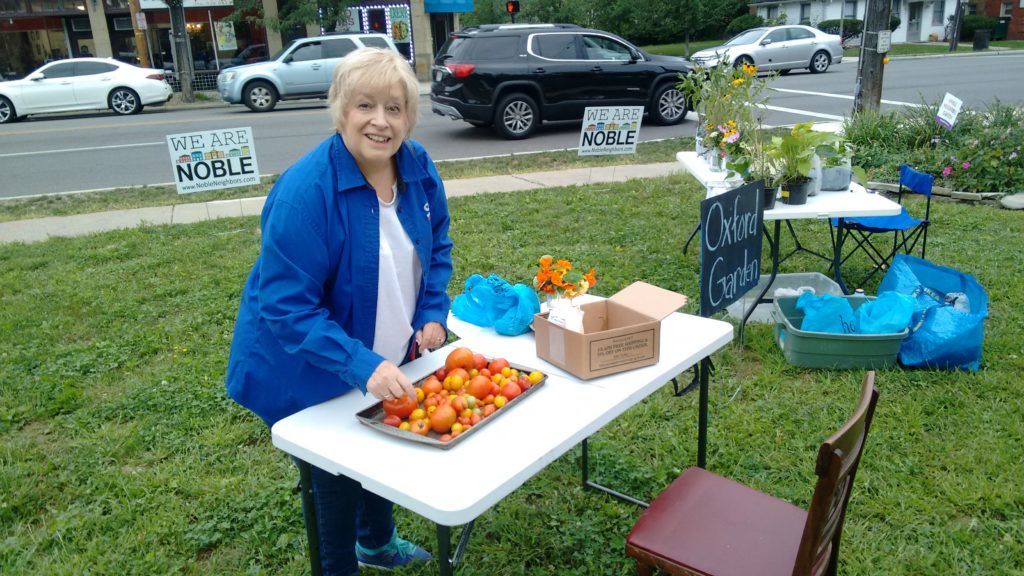by Joe Boggs
Ohio State University Extension, Hamilton County
OSU Department of Entomology
Our drop in temperatures throughout Ohio will no doubt convince fall home invading insects that it’s time to seek winter quarters. These unwelcomed guests typically include Boxelder Bugs (Boisea trivittatus); Western Conifer Seed Bugs (Leptoglossus occidentalis); Magnolia Seed Bugs (Leptoglossus fulvicornis); Multicolored Asian Lady Beetles (MALB) (Harmonia axyridis); and the most notorious of all, Brown Marmorated Stink Bugs (BMSB) (Halyomorpha halys).
These home invaders have several things in common. First, their populations may vary considerably even across relatively short distances. Some homes may be inundated while those located just a few miles away remain free of insect marauders.
Even more challenging, late season outdoor populations are not always a reliable predictor of indoor excursions. Just because you didn’t see them in September doesn’t mean you won’t see them sitting next to you on your sofa in November.
A Series of Unfortunate Events
The second thing these home invaders have in common is their “cold-blooded” physiology meaning the speed of their metabolism is mostly governed by ambient temperature; the higher the temperature, the faster their metabolism, and the faster they “burn” fat. Yes, insects have fat, but it’s confined by their hard exoskeletons so they don’t suffer ever-expanding waistlines.
These insects feed voraciously in late summer to accumulate fat. They then seek sheltered locations in the fall where cool temperatures slow their metabolism during the winter so they will not exhaust their stored fat reserves. This survival strategy keeps them alive since there is nothing for them to eat throughout the winter.
The insects are attracted to the solar heat radiating from southern or western facing roofs and outside walls as well as the warmth radiating from within. This can lead them into attics, outside wall voids, and spaces around door jams and window frames that make perfect overwintering sites. They stand a good chance of surviving the winter as long as they remain in these cool, protected sites.
However, sometimes they make a terrible error; for both the insect and a homeowner. Instead of staying put, they continue to follow the heat gradient into homes. This is accidental and disastrous for the insects because the high indoor temperatures cause them to burn through their fat reserves and starve to death. And, they do not go gentle into that good night! Starving brown marmorated stink bugs and multicolored Asian lady beetles commonly take flight to buzz-bomb astonished homeowners and terrified pets.
The Best Defense is a Good Offense
The best defense against home invaders buzzing or lumbering around inside a home is to prevent them from entering in the first place. Although there are effective indoor BMSB traps, they shouldn’t be used in place of sealing openings that allow the bugs to enter the home. An ounce of prevention is worth a pound of bugs.
Large openings created by the loss of old caulking around window frames or door jams provide easy access into homes. Such openings should be sealed using a good quality flexible caulk or insulating foam sealant for large openings.
Poorly attached home siding and rips in window screens also provide an open invitation. The same is true of worn-out exterior door sweeps including doors leading into attached garages; they may as well have an “enter here” sign hanging on them. Venture into the attic to look for unprotected vents, such as bathroom and kitchen vents, or unscreened attic vents. While in the attic, look for openings around soffits. Both lady beetles and stink bugs commonly crawl upwards when they land on outside walls; gaps created by loose-fitting soffits are gateways into home attics.
Handle with Care
Insects that find their way into a home should be dealt with carefully. Swatting or otherwise smashing these insects can cause more damage than leaving them alone since fluids inside their bodies can leave permanent stains on furniture, carpets, and walls. Also, mashing multicolored Asian lady beetles and brown marmorated stink bugs can release a lingering eau de bug; lady beetles have stinky blood and stink bugs are called stink bugs for a reason!
Vacuum cleaners present their own sets of risks. A “direct-fan” type of vacuum cleaner should never be used. Passing the refuse through an impeller will create a horrifying bug-blender! Even a “fan-bypass” type (e.g. Shop-Vac) with the refuse bypassing the impeller can develop a distinctive scent if used on stink bugs because the bugs will release their defense odor in response to swirling around inside the vacuum tank.
However, fragrant misadventures with vacuum cleaners can be minimized with a slight modification involving using a nylon ankle sock as pictured below. The method is clearly described in the OSU Factsheet titled, Multicolored Asian Lady Beetle (see “More Information” below).
Small numbers of home invaders can be scooped-up and discarded by constructing a simple but effective “bug collector” using a plastic pint water bottle as pictured below. Large numbers of insects can be quickly dispatched by placing a small amount of soapy water in the bottom of the bug collector.
MORE INFORMATION:
OSU Factsheet, Multicolored Asian Lady Beetle, ENT-44
